
Correction: The original version of this story included an incorrect date for the first interscholastic athletic game held in Firestone Fieldhouse. The first game was played in 1973.
Firestone Fieldhouse has been the home arena for the Waves since it opened Nov. 30, 1973, with their first interscholastic game being a Men’s Basketball game against Pacific. Though, after over 50 years, its time as the only arena is coming to an end as the new arena is under development.
The Mountain at Mullin Park will contain a new athletic arena that members of Pepperdine Athletics said will not only allow athletes to maximize their potential, but will serve the Pepperdine community as a whole.
“My vision for The Mountain is a place where people come together, to enjoy community, to celebrate, to cheer on the Waves, to win a lot of games,” Athletics Director Tanner Gardner said. “And to do it together, in a way that elevates the brand of Pepperdine Athletics, elevates the brand of Pepperdine University and glorifies God.”
Upgrades to Firestone
Since there is only one court on Pepperdine’s campus, both Men’s and Women’s Basketball, Men’s and Women’s Volleyball and recreational teams all have to share Firestone. This creates the biggest challenge, as the four teams often have to make extra sacrifices to find the time to practice, multiple coaches said.
During the summer, Men’s Basketball Head Coach Ed Schilling said the team often had to go off campus to practice.
“We went to Malibu High School,” Schilling said. “We’ve gone to the LA Sports Academy. We’ve had to go other places just to get on the court, to do the time that we’re allowed by the NCAA, not even to mention the extra time to improve.”
For Men’s Volleyball, Head Coach Jonathan Winder said the team has to hold their practices at 6:30 a.m., but if players want to get extra work in, then they have to arrive even earlier in the morning.
“The standard doesn’t change in terms of what we’re trying to achieve, and the goals that we have — both volleyball and basketball or any other sport,” Winder said. “Everybody wants to win, and you just have to deal with the hand that you have.”
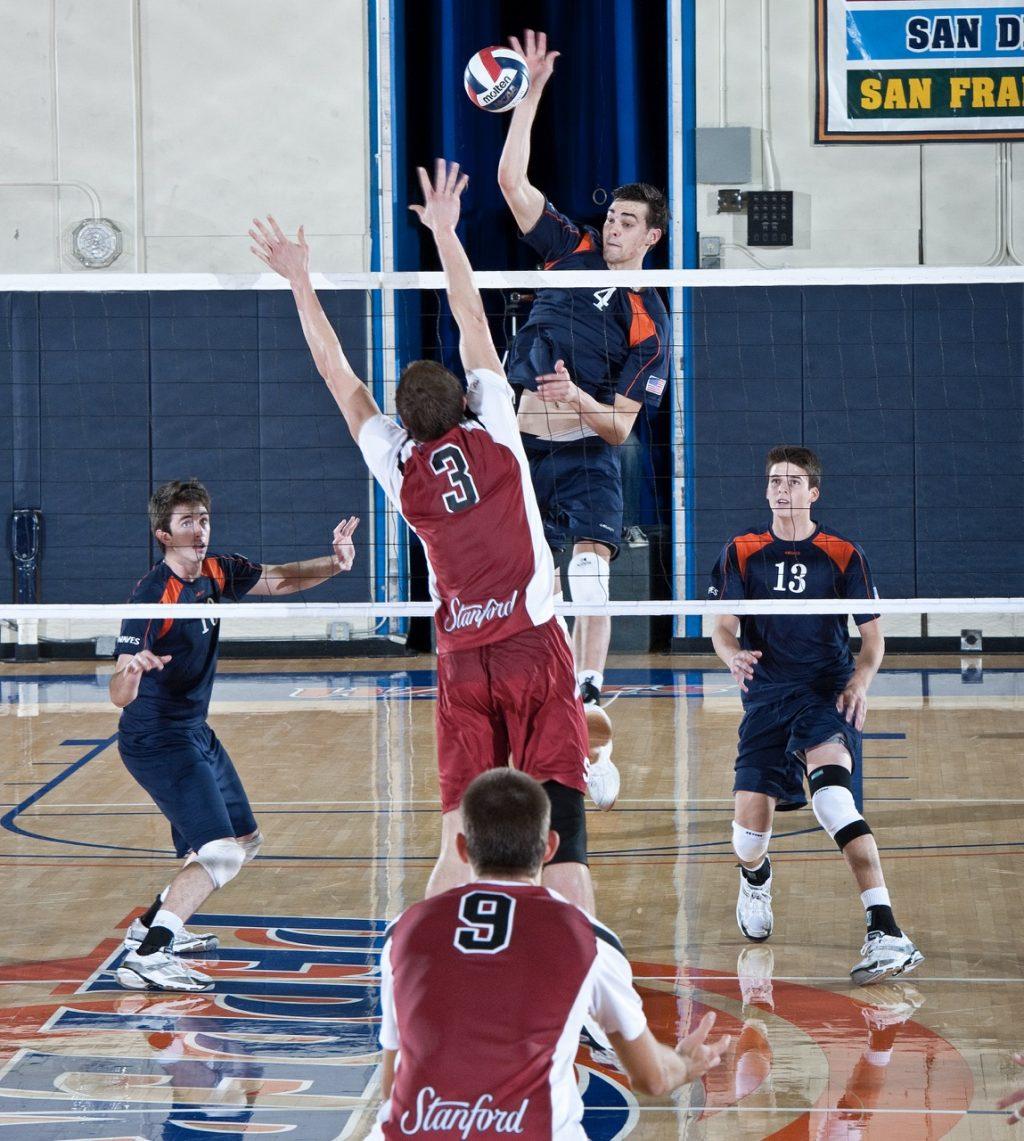
The NCAA allows teams who are in season to practice for 20 hours a week, a maximum of four hours per day. Teams out of season are allowed eight hours a week, with a maximum of two hours per day, according to the NCAA.
Only practice that is directed or supervised by members of the coaching staff count toward those hours, so student-athletes are able to practice on their own merit as much as they wish. Thus, sharing one gym between four teams further prohibits athletes from training on their own time, multiple sources said.
“We have to really focus on developing to make them [student-athletes] better,” Gardner said. “And, certainly for Ed, that’s a calling card on what he’s best at, and that’s also a big part of Katie’s approach and so if you only have a couple hours of gym time a day, it’s really hard to develop your players.”
Along with development of talent, multiple sources said having one gym also creates challenges with recruitment of talent.
Men’s Basketball brought in 11 new players this year — three freshmen and eight transfers, according to Pepperdine Athletics. Schilling said his team brought in these 11 players with 14 total visits, but most of their success in recruiting had come from relationships and not because they were able to sell their facilities.
“To be completely honest, we’re among the worst in our conference, and so we’re going to go from among the worst to the best,” Schilling said.
Furthermore, Gardner said other schools would use Pepperdine’s lack of multiple courts and difficulties finding the time and space to practice to their advantage when recruiting.
“Schools used to negatively recruit against us,” Gardner said. “‘You don’t want to go to Pepperdine. They only have one gym. You won’t even have time to practice. You can’t get baskets up outside of practice.’ They can’t do that anymore.”
Gardner said it remains unknown what will come of Firestone once The Mountain is built, but many of the offices will remain in Firestone for the time being.
The Mountain, Itself
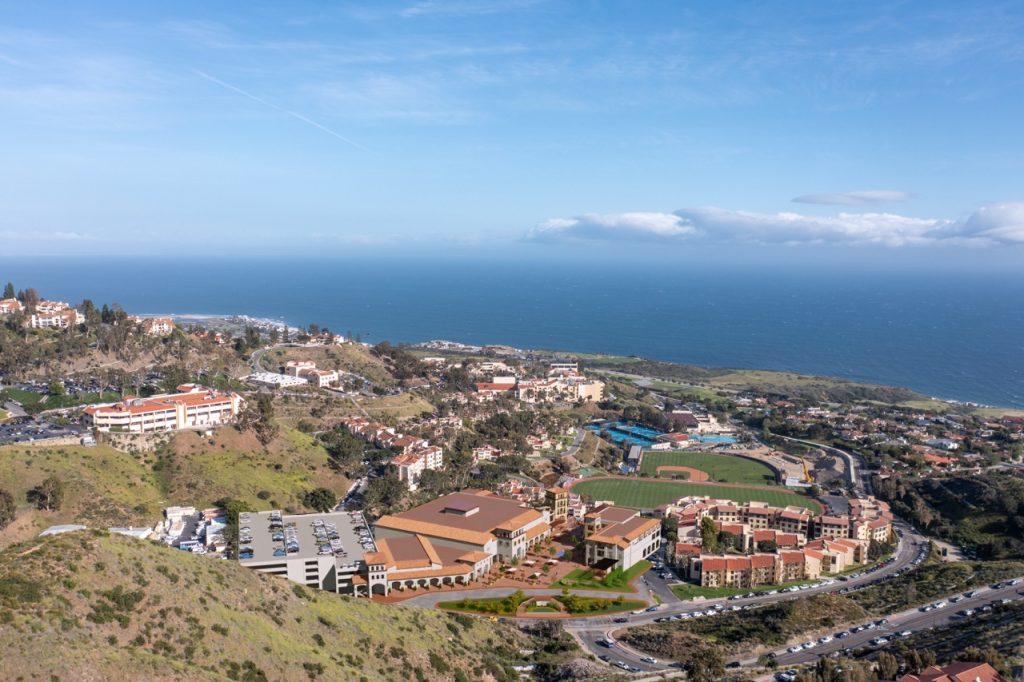
The Mountain is one of many recent changes Pepperdine Athletics has undergone within the past six months. Gardner was appointed as the new AD in March and began his tenure in June. Schilling and Women’s Basketball Head Coach Katie Faulkner began their Pepperdine coaching careers in April, and Baseball Head Coach Tyler LaTorre joined the Waves on June 14, according to previous Graphic reporting.
On the facilities side, Stotsenberg Track was upgraded and Firestone is under construction to add a locker room and a practice area for Men’s and Women’s Golf, according to previous Graphic reporting.
“The Mountain, in and of itself, is transformational,” Gardner said. “It’s a piece of a bigger story about how we’re really working to transform Pepperdine Athletics from what’s already a really good program into a program that’s great and sustains that greatness.”
Among the WCC’s full time members, the most recent arena to be built is Gonzaga’s McCarthey Athletic Arena, which opened Nov. 19, 2004, according to Gonzaga Athletics. Including affiliate members, once Grand Canyon joins the WCC in the 2025-26 fiscal year, their arena — Global Credit Union Arena — will be the newest, as it opened Sept. 1, 2011, according to GCU Athletics.
The Mountain will include new locker rooms for the four teams using the court, a center-hung video board and a multi-activity court that will be used as a practice facility and recreational space, according to Pepperdine’s webpage on The Mountain. Additionally, it will include upgraded seating and views, LED boards, two suite spaces and a club space, Gardner said.
“You think about a historic facility, a Firestone Fieldhouse, that is just not that big moving to what will be a state of the art facility, this difference cannot be more stark,” Gardner said. “Pepperdine sets the standard in many areas, and we will be setting the standard arenas once The Mountain opens.”
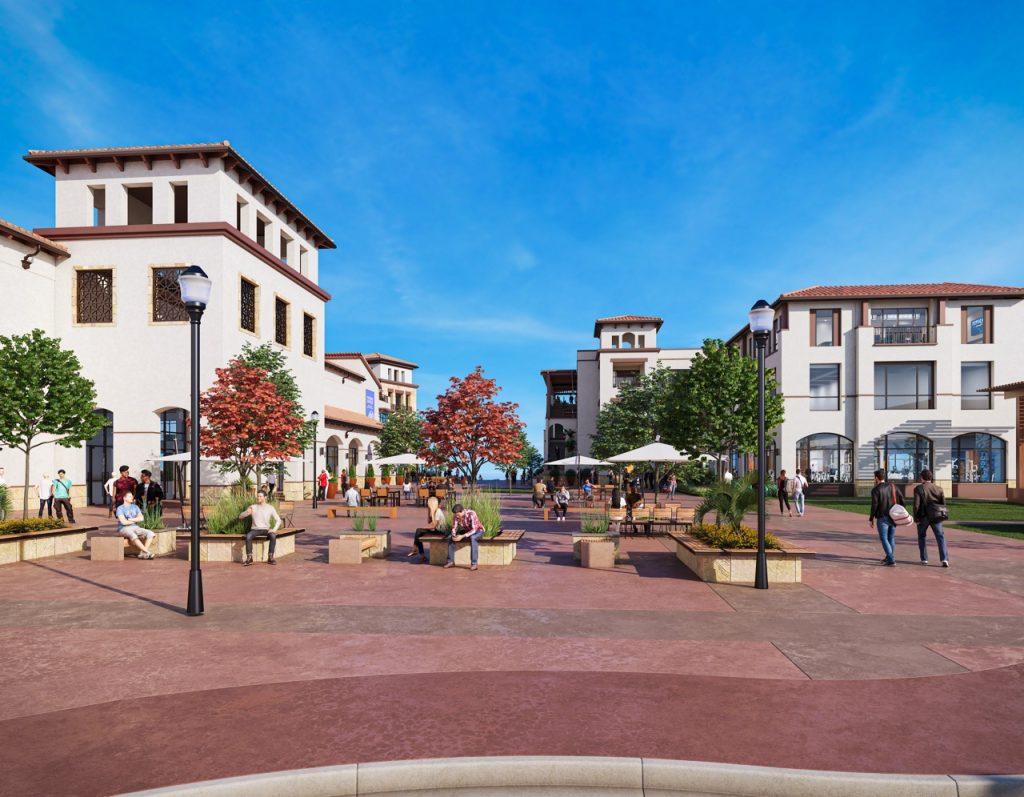
Construction of The Mountain began in January and is expected to be complete by late 2026, according to Pepperdine’s website. Gardner, Schilling and Faulkner all said the development of The Mountain played a large role in their decision to come to Pepperdine.
“It represents the support behind athletics here,” Faulkner said. “And so from the top down, Pepperdine University values athletics and values Women’s Basketball and wants it to succeed.”
While much of The Mountain has already been designed, Gardner said he has consulted with the four head coaches who will be using the arena on the design of certain interior spaces such as the locker room or other technical parts of the court. This is done to make sure the construction and facilities workers aren’t missing anything only a coach would notice.
“Ed pointed out that if you put the baskets six feet from the wall, then you can’t have shooting at all six baskets,” Gardner said. “But if you put the baskets two feet from the wall, you can shoot free throws and three pointers at all six baskets.”
Another area The Mountain is looking to address is the retention of talent. Within the past few years, college athletics has seen an increase in the number of athletes using the transfer portal, as the number of Division I athletes who transferred rose from 9,806 transfers in 2021 to 13,025 in 2023, according to Western Front Online. Additionally, a recent rule change now allows athletes to transfer multiple times without having to sit out for a season, according to the NCAA.
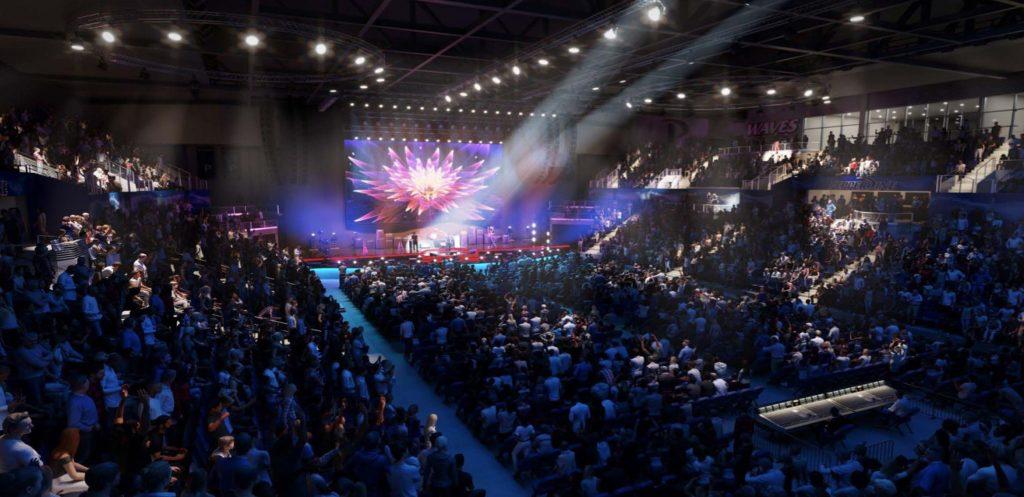
Men’s and Women’s Basketball, in particular, have a high amount of transfers every year — as in 2022, 1,649 Men’s players and 1,276 Women’s players entered the portal, according to the NCAA. Pepperdine’s basketball programs have experienced these increased transfer rates, as eight members of the 2023-24 Women’s team came to Pepperdine via the portal and 11 Men’s players transferred out at the end of the 2023-24 season, according to Pepperdine Athletics.
“I don’t want to have to use the portal, because I want our kids to stay,” Faulkner said. “That’s why NIL is so important. That’s why support and The Mountain and donors and community involvement is so important, because we do want our athletes to stay here, because Pepperdine is such an amazing place for them to grow and succeed.”
In terms of making money, Gardner said Pepperdine will be able to rent out the facilities in a way they can’t do with Firestone, and people have already been asking when the facility will be complete.
“From a naming perspective, we’ll have an ability to host a lot of really neat events there, which, at many colleges, are great sources of revenue,” Gardner said. “Hosting concerts, hosting speakers, hosting conferences, these are all great sources of revenue and great sources of publicity for Pepperdine.”
Building Community
Beyond providing better opportunities for student-athletes, multiple sources said The Mountain will enhance Pepperdine for every member of the student body. The Mountain is being built where the Rho Parking Lot used to be, so it will be surrounded by Seaside, Lovernich, Towers and three first-year dorms — thus a location that will help draw in crowds.
“It’s going to provide a place for our campus community to gather,” Gardner said. “It was very intentionally placed around residential housing so students can walk out of some of the dorms and be right there.”
In addition to the athletic arena, The Mountain will also include a new RISE building meant for student recreation, a parking garage with over 800 spots and a park known as the Mullin Green, according to Clark Construction.
The arena is estimated to be able to hold 3,600 students, which is still lower than most arenas within the conference, but the combination of its location and amenities for students is why multiple sources said they expect the crowds within The Mountain to be roaring.
“I can’t understate the impact a great crowd can have, and I would say, particularly the impact of students,” Gardner said. “I always said at Rice that every student was worth three non-student fans. Students bring the energy. Students supporting their fellow students is super meaningful. When you’re playing in a quiet arena without much energy, it’s hard to gain energy.”
Before coaching here, Winder was a student-athlete at Pepperdine from 2005 to 2008, where he won a National Championship in 2005 and National Player of the Year in 2007, according to Pepperdine Athletics.
When Winder was still a student-athlete at Pepperdine, he said many areas where students often hang out now, such as the Starbucks attached to Payson, had yet to be built, so he views The Mountain as another addition to Pepperdine to bring the community closer.
“People talk about the view and the quality of people that go here, and so that just continues to get fostered the more you spend time with your classmates, you’re face-to-face with them,” Winder said. “And it’s really important for Pepperdine to create spaces that allow students to do that and and then to also create experiences here on campus.”
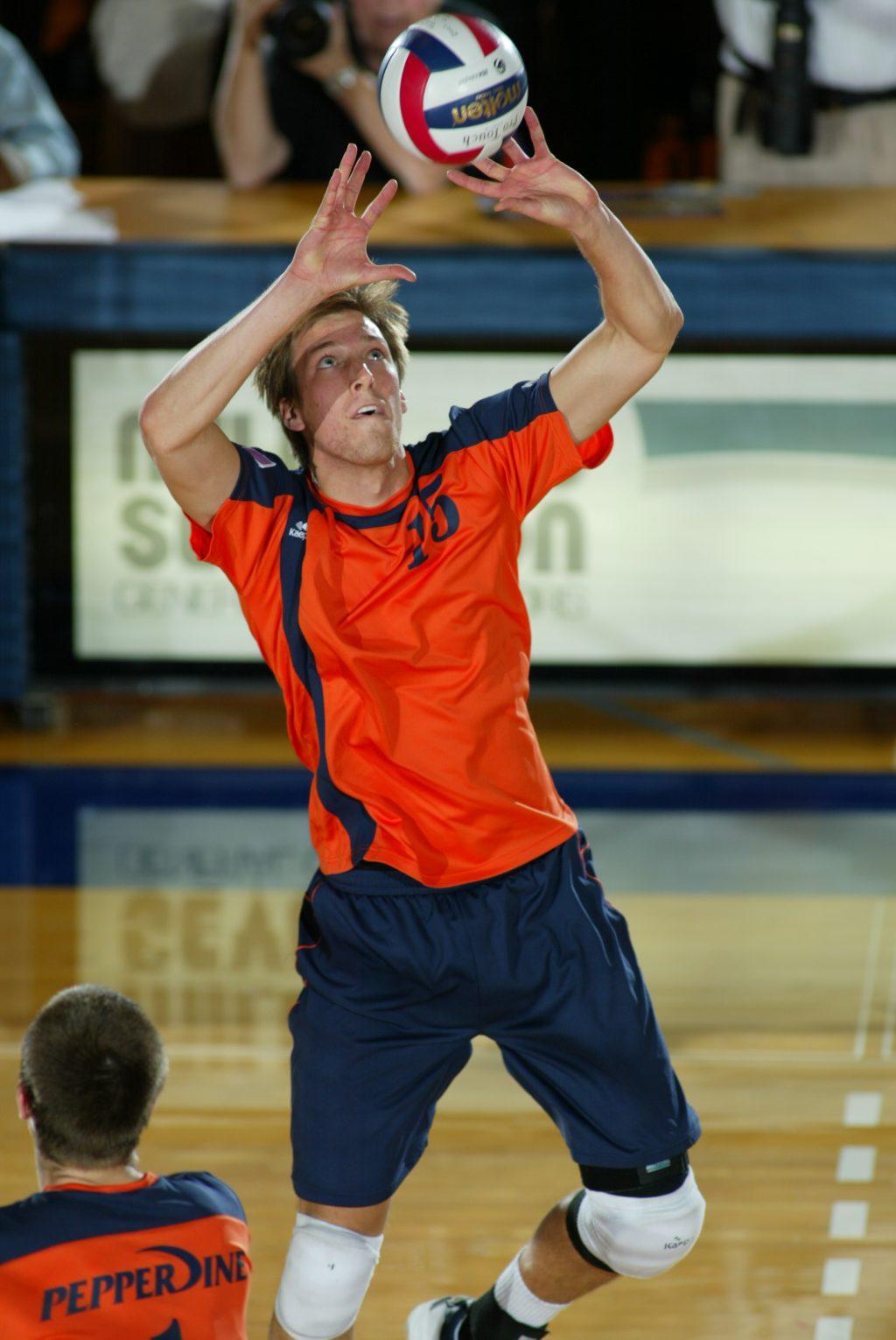
Going beyond the student body, Schilling said Pepperdine has a reputation to uphold, and to meet that reputation, every part of its campus has to live up to that expectation.
“[Pepperdine] is synonymous with excellence, and what The Mountain does, it says, ‘OK, hey, even their athletics, that’s excellent, too,’” Schilling said. “And we don’t want to say, ‘Hey, we’re excellent in one area, but, boy, we’re way behind the times in athletics, in the basketball facility.’ Now, we can say, ‘Hey, we’re excellent academically, our campus is obviously excellent and guess what, our basketball facilities are excellent, too.’”
__________________
Follow the Graphic on Twitter @PeppGraphic
Contact Tony Gleason on Twitter (@tony__gleason) or via email: anthony.gleason@pepperdine.edu

